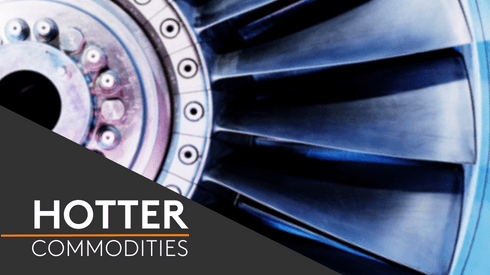As a result of the push to secure more sustainable lithium, investment has been flooding in as investors and consumers race to optimize sustainable and faster extraction technologies such as direct lithium extraction (DLE).
What is direct lithium extraction (DLE)?
Using DLE technologies to extract lithium from underground brines (salar and geothermal) is an option, with a variety of methods currently under development.
What are the benefits of DLE?
- It increases the lithia recovery rate from brines
- It reduces the use of fresh water during extraction
- DLE has a lower carbon footprint than traditional extraction methods
- DLE reduces the overall amount of time needed for the lithium extraction process.
But most of the junior miners testing DLE technologies are still far from large-scale commercial production. As a result, commercial viability of most DLE technologies has yet to be proven, market sources said.
Who are the key players trialing the DLE process?
United States-headquartered lithium producer Livent is one of the few lithium majors currently in operation using a proprietary DLE process; the company uses selective adsorption, which uses freshwater to separate lithium from brine, at its Salar del Hombre Muerto operation in Argentina.
According to Livent, using this DLE technology speeds up the lithium concentration process and reduces the need for large pre-concentration evaporation ponds commonly used in conventional brine-based lithium extraction facilities. Livent also says that the process allows a significant portion of the brine used to be fed back into the salar free from contaminants or solvents.
Junior miner Vulcan Energy is developing a lithium extraction project in Germany using DLE technology from its geothermal lithium brine project in the Upper Rhine Valley.
Promoters of the German project argue that using adsorbent-type DLE, heat derived from geothermal renewable energy, will drive the lithium extraction process. This is because it does not have the same fossil fuel consumption as hard-rock mining, or the excessive use of water that occurs with brine-based extraction processes.
The goal is to extract the lithium before pumping the brine back underground to recharge the geothermal reservoir creating a closed loop circle.
What other DLE extraction methods are under development?
Other DLE extraction methods currently under development are the ion exchange and solvent extraction methods. Scaling up to commercial production any of these techniques remains a challenging task and subject to the geographical diversity of the lithium mine, according to market participants, who add that there is no one method that fits all.
A combination of growing global demand for the raw material and a lack of environmentally safe, cost-competitive domestic supply in Europe and the United States, key rapidly growing consuming regions as the electric vehicle (EV) uptake increases, has created an urgency to accelerate solutions.
The DLE solution using renewable geothermal energy is just one of the various DLE techniques currently under development.
Join us at Lithium & Battery Raw Materials 2022 to learn more about DLE
To hear more about direct lithium extraction and understand how these technologies can really impact global supply, register for Lithium & Battery Raw Materials 2022 and hear from industry experts in Arizona on June 27-29, 2022. Find out more about our lithium prices.





